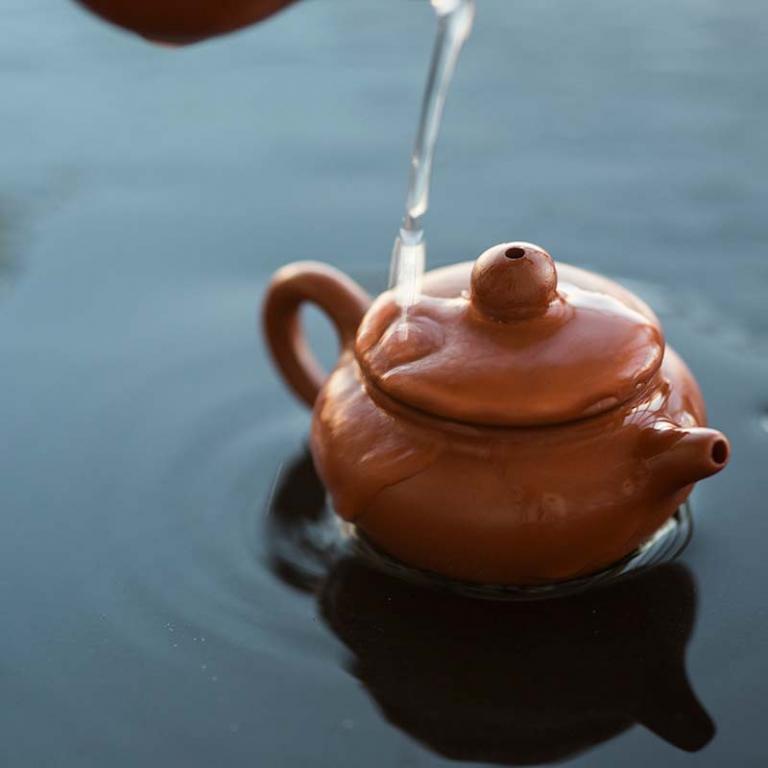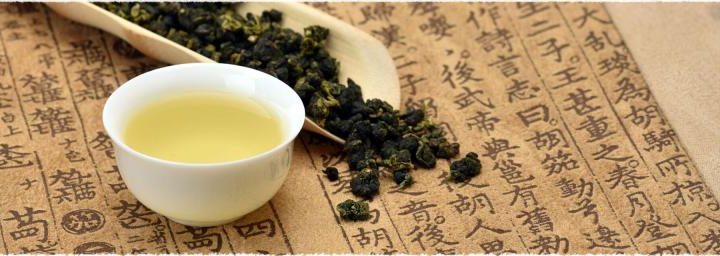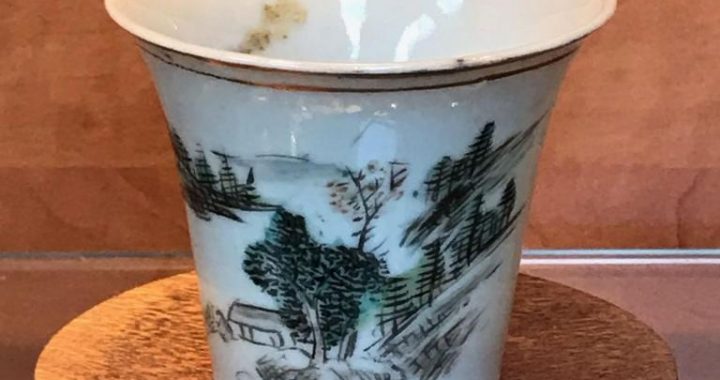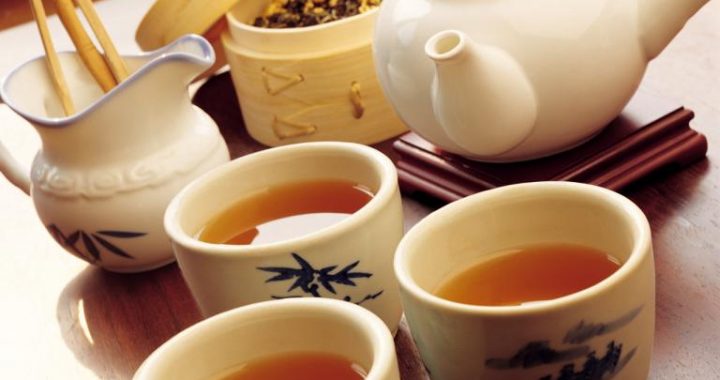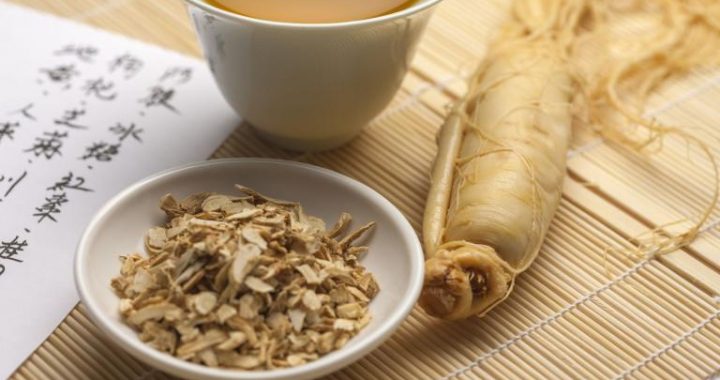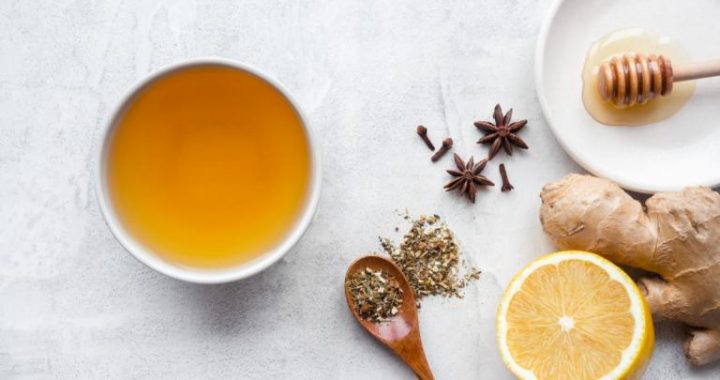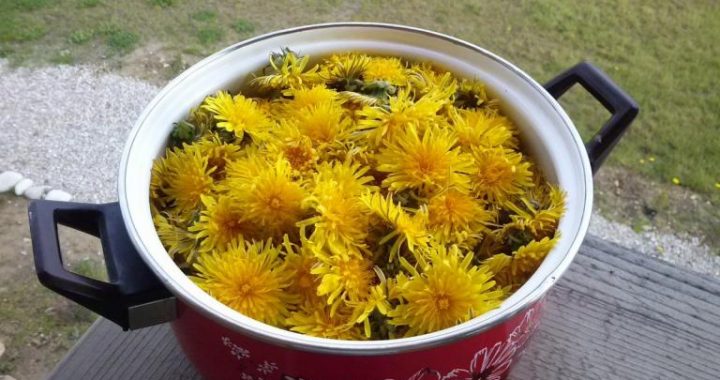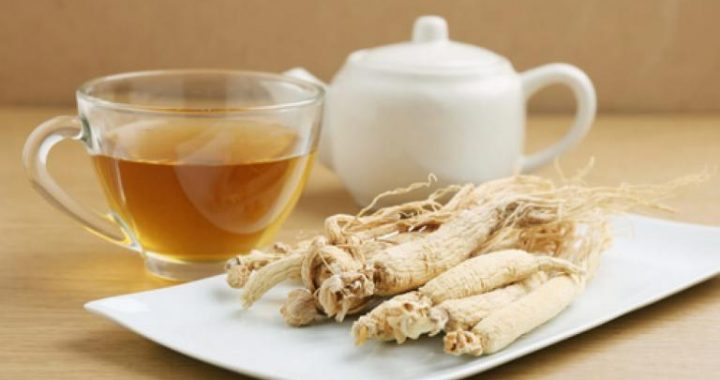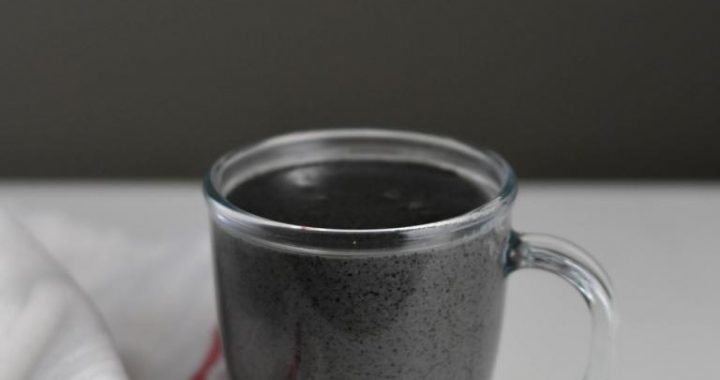Even Plain Water May Have the Scent of Tea in a Yixing Red Porcelain Teapot
4 min readChinese people have always placed much emphasis on”opportune time, advantageous terrain and popular support”when they want to accomplish something. There are also three basic requirements in enjoying a cup of good tea,”select tea, quality water and wonderful tea utensils.”Naturally, top-quality tea is a must. The water for making tea should also be given special attention, for instance, longjing tea must go with the fountain from Hupao, and only by doing so can they be a perfect match. Besides select tea and quality water,a wonderful teapot is alsoneeded, on that will be worthy of the sweet scent of the tea and the bright, clear water.
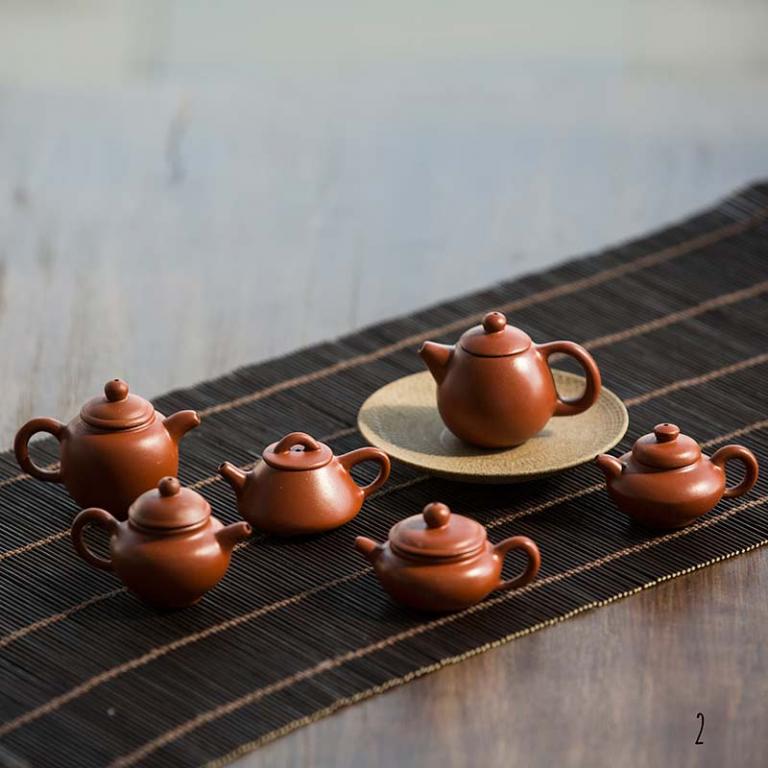
Yixing, Jiangsu Province, known as “Yangxian”in ancient times, is located on the west side of the Taihu Lake. As an old saying goes,”Take no pearls and jewelsfrom this world of ours. How could they be placed on a bar with a handful of soil from Yangxian?”This handful of soil, which is considered more precious than pearls and jewels, is the red soil used to make red porcelainware. Red porcelain teapot is made of this red soil and has long been a must in the collection of tea drinkers.
Unlike glasses, which are sparkling and crystal clear, and chinaware, which is smooth and delicate, red porcelainware is of primitive simplicity and elegance, unadorned and reserved, which tallies with the way of cultivating personal moral character practiced by learned men in China. The art of red porcelain, which consists of plastic arts, poetry, calligraphy, painting, seal-carving and sculpture, is a manifestation of the overall quality of the Chinese literati. Throughout the ages these menshared a strong love for red porcelain. They were also keen on placing their literary grace and personal interests in the small, red, porcelain teapots. The sentimental Chinese men are profuse in their praise of red porcelain teapots, saying they are”as gentle as gentlemen, as bold and uninhibited as men, as romantic as poets, as graceful as beauties, as profound as recluses, as free and unconventional as youths, as elegant as fairy maidens and as honest and clean as hermits.”
Comments on red porcelain teapots rest with the following five aspects,”soil, shape, technology, inscriptions and use.”Soil refers to the red soil from Yixing. Rich in iron, plastic, cold-resistant and high temperature resistant, the red soil does not overshadow the tea’s scent and it preserves the original taste. The shapes of the red porcelain teapots are varied, which accords with the saying,” Though square-shaped, each is different from the other;though round-shaped, each is different from the other.”
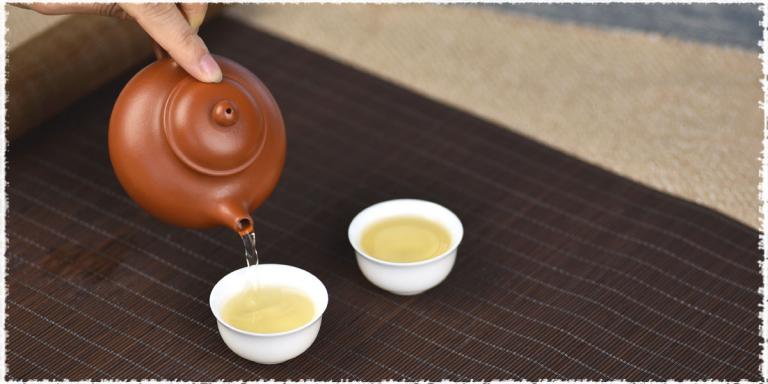
Red porcelain teapots can be also divided into several other kinds of shapes, such as natural, geometrical, muscle and horizontal, or they can be classified into long-necked teacups, short-necked teacups and handle-on-top teapots. Also, red porcelain teapots can be divided into the type that has no patterns and the type that has patterns. There are no fixed rules to the classification of the shapes. What’s good or bad in a teapot is totally subjective. However, the one factor that is readily responded to is a good teapot. The
traditional technology of teapot making is molding byhand; first, the body; then, the lower part; next, the mainpart; and, finally, the handle, the mouth and the lid. The molding of each part, like the composition of points, lines and surface, as well as harmony and tightness, must be handled with meticulous care. The inscriptions on a teapot, whether a poem, handwriting, painting or a seal, can make a good teapot even better, or give it a tremendous boost in value. The criteria for a good teapot comprise proper volume, moderate height, tight lid and smooth water flow. The “first-hand teapot”that can make four cups of tea is often used as the “pouring pot” in a kung fu tea set. In addition, tall teapots are good forblack tea and short teapots are good for green tea. The tea will lose its original taste and flavor if it’s steeped in the wrong teapot.
A top-quality red porcelain teapot demands not only connoisseurship, but also maintenance. It is advisable to use one teapot for one type of tea only, and only by doing so can the tea scent last and smell pure and perfect.
New teapots should be boiled in tea so as to eliminate the smell of smoke and earth before they are used. Before tea is made, the teapot is warmed with hot water first. When the tea is finished, the dregs and residue are emptied, andthe teapot is rinsed inside and out and then dried in the shade. Red porcelain teapots need frequent cleaning. In addition, they especially need to be rubbed by hands so as to make them smooth and full. Teapot maintenance, similar to moral character cultivation, attaches great importance to calmness and tranquility of body and mind as well as perseverance. Even plain water, when added to a matured, red porcelain teapot, may have the scent of tea.
